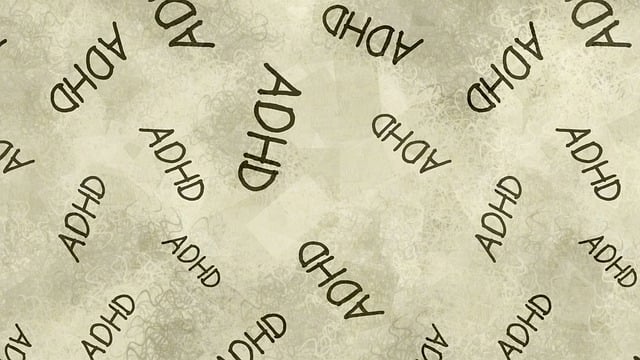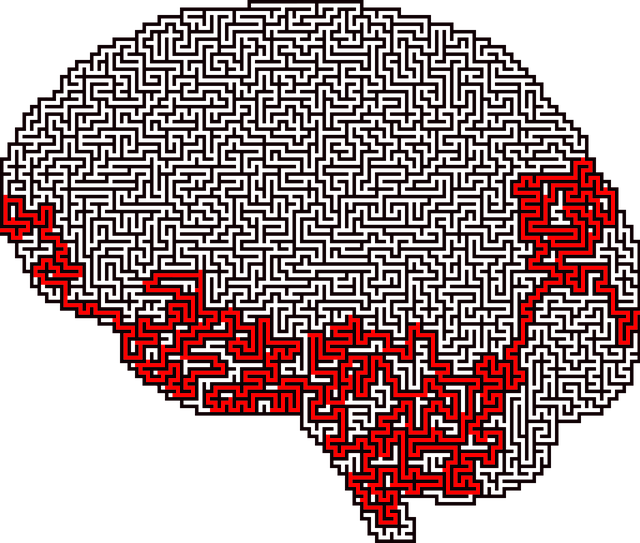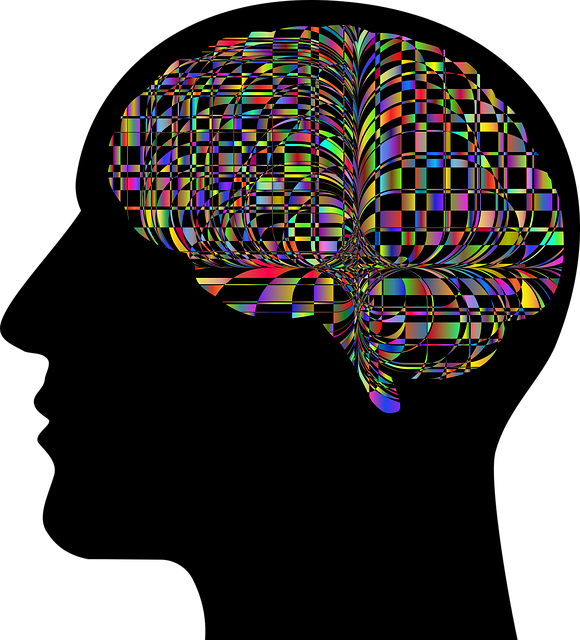Mental health interventions must be tailored to different age groups, addressing unique challenges such as peer pressure for adolescents, loneliness for elders, and identity formation for teens. Advanced data analysis techniques enable mental health professionals to interpret individual experiences effectively, using both qualitative and quantitative methods. This data-driven approach leads to personalized therapy, improved crisis intervention, and better outcomes for all age groups, from elders to teens. Accessible platforms like podcasts can further promote mental wellness in communities by disseminating evidence-based practices.
Mental health data analysis is a powerful tool for understanding and improving well-being across diverse age groups. This article explores strategies for interpreting mental health data, focusing on adolescents, teens, and elders. We delve into techniques and tools that aid in recognizing trends and patterns specific to each demographic. By understanding these nuances, we can tailor therapy strategies, ensuring effective support for young minds navigating challenges and older adults facing unique mental health concerns.
- Understanding Mental Health Data for Different Age Groups
- Analysis Techniques and Tools for Effective Interpretation
- Applying Insights to Improve Therapy Strategies
Understanding Mental Health Data for Different Age Groups

Understanding mental health data across different age groups is essential for tailored interventions and effective therapy. In adolescents and teens, issues often revolve around peer pressure, academic stress, and identity formation, requiring approaches that foster resilience building and provide a safe space for expression. Conversely, elder populations may face challenges related to loneliness, cognitive decline, and chronic illnesses, necessitating sensitive care that accounts for cultural sensitivity in mental healthcare practice.
A comprehensive risk assessment for mental health professionals is crucial when working with these diverse groups. By considering age-specific concerns, practitioners can tailor therapy to address unique needs effectively. This approach not only enhances the quality of care but also promotes positive outcomes, ensuring each individual receives the support they need at different stages of life.
Analysis Techniques and Tools for Effective Interpretation

In the realm of mental health data analysis, various techniques and tools empower professionals to interpret and understand individual experiences effectively. For therapy targeting elders, adolescents, and teens, qualitative and quantitative methods are employed to unravel complex narratives. Qualitative analysis allows for an in-depth exploration of personal stories, while quantitative approaches provide measurable insights into symptoms, behaviors, and treatment responses.
Advanced software and statistical models facilitate the interpretation of large datasets, enabling professionals to identify trends and patterns. This comprehensive understanding is crucial for tailoring interventions, such as fostering inner strength development and promoting self-care practices, especially during crisis intervention guidance. By leveraging these analytical techniques, mental health practitioners can offer more personalized and effective support across diverse age groups.
Applying Insights to Improve Therapy Strategies

The insights derived from mental health data analysis can significantly enhance therapy strategies for various demographics, including elders, adolescents, and teens. By understanding trends and patterns within specific populations, therapists can tailor their approaches to address unique challenges. For example, crisis intervention techniques can be refined based on data indicating effective coping mechanisms among older adults, ensuring more targeted support during stressful events. Similarly, risk assessment tools developed with mental health professionals in mind can leverage data to predict and prevent potential crises among younger individuals.
Integrating these data-driven insights into therapy not only improves individual outcomes but also contributes to the broader field of mental wellness. The production of a Mental Wellness Podcast Series, for instance, could explore these findings, offering guidance to both professionals and the public. Such initiatives ensure that evidence-based practices are accessible and contribute to fostering healthier communities.
Mental health data analysis plays a pivotal role in tailoring effective therapy strategies for diverse age groups, from adolescents and teens to elders. By understanding unique mental health trends within each demographic and employing advanced analysis techniques, professionals can interpret data insights that enhance treatment plans. This tailored approach ensures that therapy strategies are not one-size-fits-all but rather, targeted, compassionate, and ultimately more successful in addressing the specific needs of each individual.













